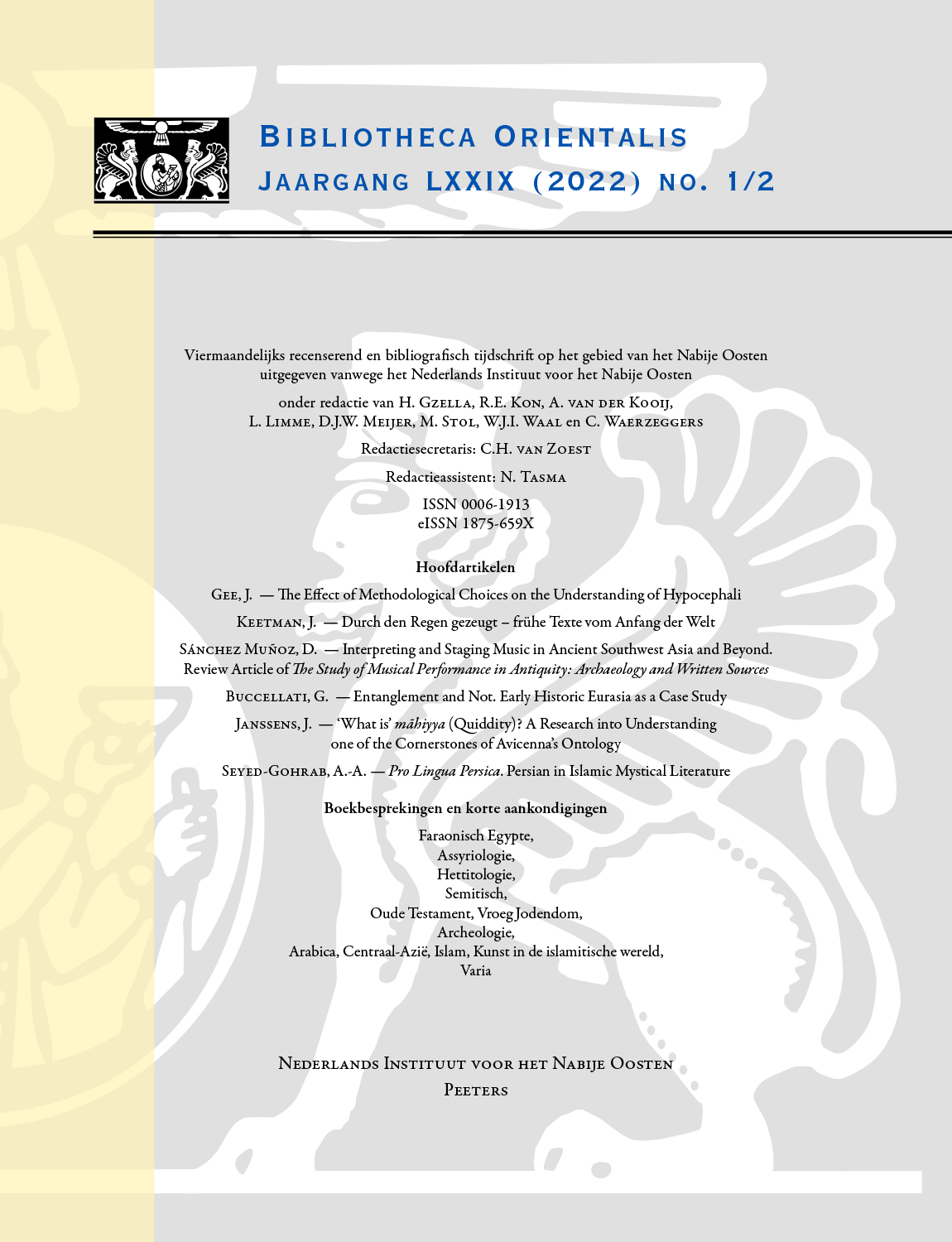next article in this issue  |

Preview first page |
Document Details : Title: The Other Side of Sheba Subtitle: Early Towns on The Highlands of Yemen Author(s): WILKINSON, T.J. Journal: Bibliotheca Orientalis Volume: 62 Issue: 1-2 Date: januari-april 2005 Pages: 5-14 DOI: 10.2143/BIOR.62.1.2011714 Abstract : In contrast to the arid interior of Arabia, the Yemen highlands are remarkably well watered and verdant. Despite these advantages, until the 1990s this vast area of mountains and intermontane basins had largely escaped the attention of archaeologists, because attention was primarily focussed upon the desert fringe oases where a series of well populated and opulent settlements developed along the incense route linking Dhofar (Oman) to the Levant and the eastern Mediterranean. For most Near Eastern archaeologists, southwest Arabia remains rather problematic, in part because the civilization of the Sabaeans, which developed in the early 1st millennium BC, occurred chronologically rather late. This compares with, for example Dynastic Egypt, Canaan, and Mesopotamia, that all saw their fluorescence in the later 4th and 3rd millennia BC. Even Oman, located in relatively arid south east Arabia, is now known to have actively participated in the “world system” of the third millennium BC. In contrast, Yemen and adjacent parts of Arabia apparently stood aloof from these developments; that is, until the states along the fringe of the southern Arabian deserts grew dramatically during the first millennium BC, mainly as a result of the growth in the incense trade. |
 |


